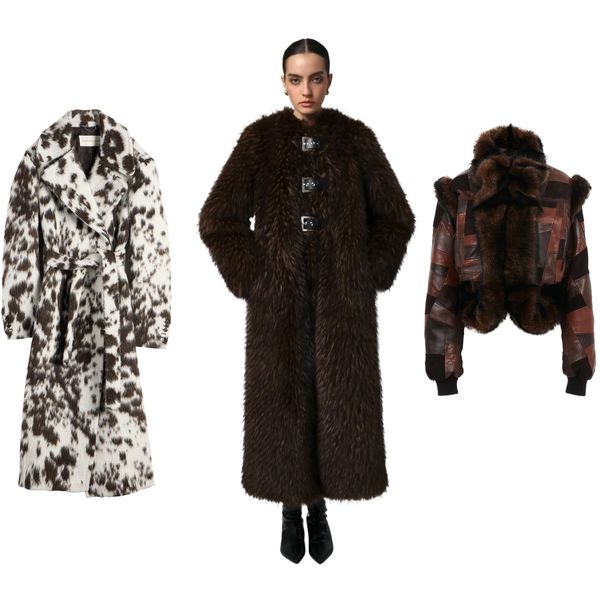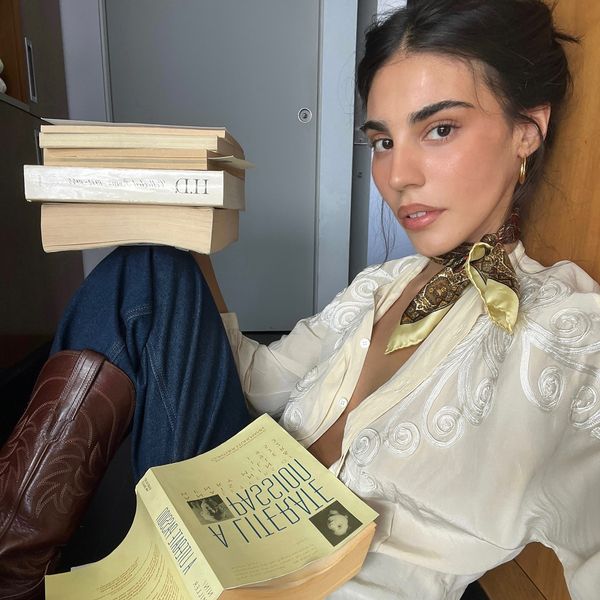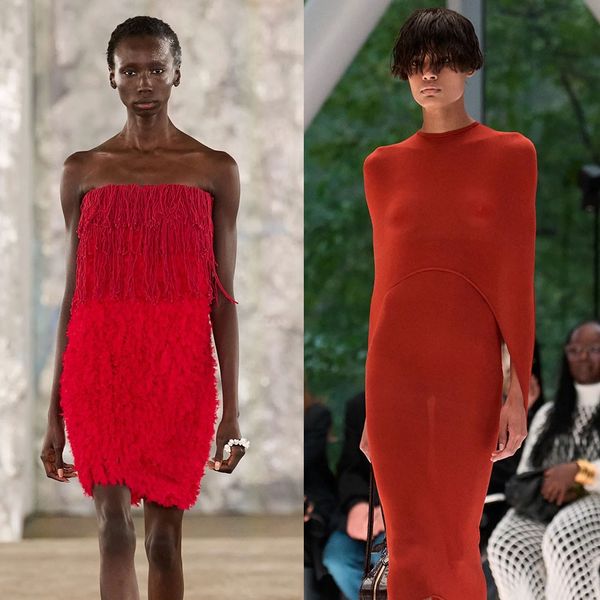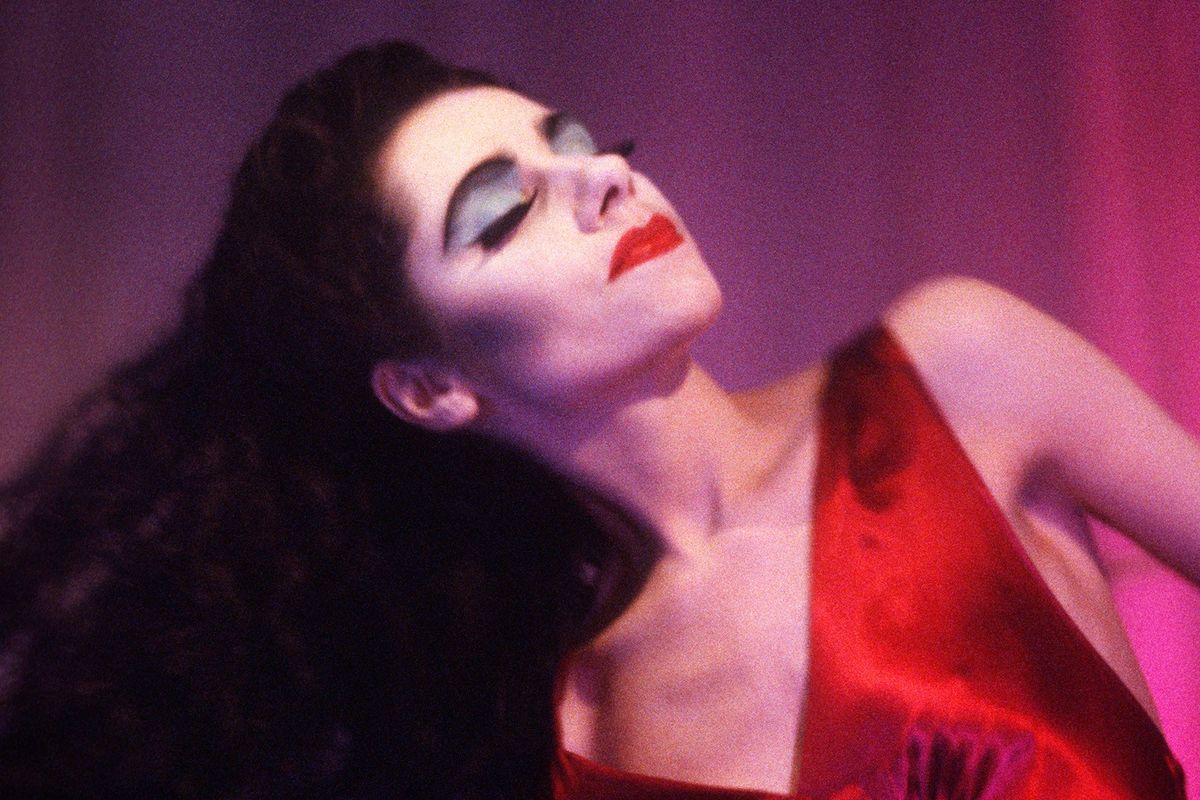
Six years ago, I bleached the two front panels of my hair into what became known on Hair-Instagram as “money pieces” or “skunk stripes,” depending on where in its micro-trend evolution you clocked in. My original inspiration was Rogue from the '90s X-Men cartoons, followed by James Iha from The Smashing Pumpkins, and then Jill Cunniff, the singer in Luscious Jackson. The hair color trend took off, thanks to a proliferation of my own image via Instagram and Pinterest. More people replicated the style, which caused more people to replicate based on former replications. Eventually, someone sent me a photo of a random salon in Thailand that used my image on a sandwich board outside to advertise their hair coloring services. This look isn’t something I can lay claim to—I didn’t invent it. But original references get buried in digital archives, devoid of subculture or context to sustain it beyond a micro-trend.
The internet is an archive of all sorts of media. But now that AI is quickly copy/pasting the abundance of content we’ve fed to it, things are getting spooky… as in, it’s getting harder and harder to decipher what’s real and what’s a digital fabrication. And when it comes to beauty culture, which is often quick to react to visual cues in its digital incarnation, we’re losing the plot.
Remember when all we worried about were filters obscuring reality? And now AI influencers are a thing. It’s a bizarro feedback loop that’s made social media a minefield of algorithmic sameness, which is probably why many of us feel burnt out on beauty. When beauty culture is informed by hashtags and -core or -girl aesthetics, how exactly does one develop their own personal style that’s actually personal?
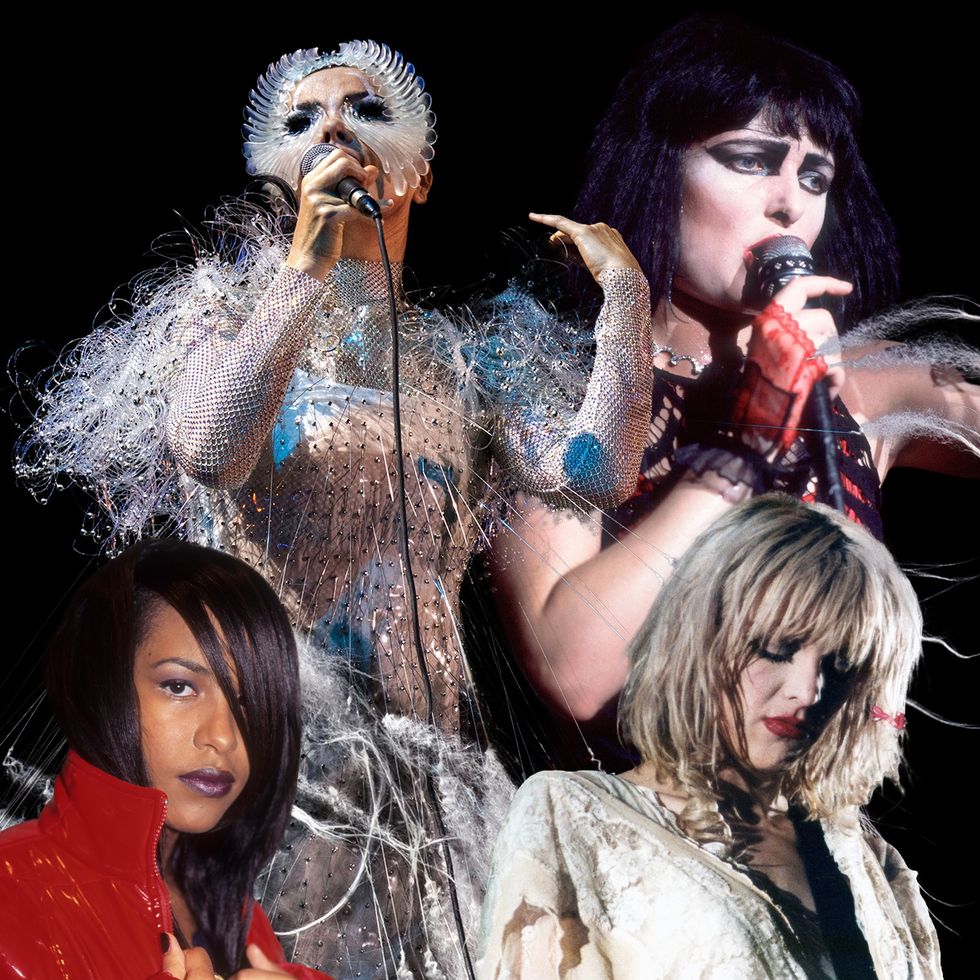
Getty/Design By Sierra Cook
The best use of beauty is for self-expression and discovery, and each new look is like trying on the type of person you want to be (even if just for a day). That’s what makes it a powerful—beauty makes you feel stuff. Personal preference aside, when I think about what feels the most personal to me, it’s always informed by an emotion.
Whatever resonates with you on an emotional level is what helps you feel the most authentically embodied. For me, that was often found in film and music. Wong Kai-wai’s "In The Mood For Love" is so saturated in these moody, jewel-toned, and neon colors—I’m always drawn to this neo-noir lens of romance. That also goes for the cherubic and grungy-glittery, ethereal beauty of Drew Barrymore in "Ever After," a late-90s Cinderella re-telling. I love the fun and faux-retro glam of "Josie And The Pussycats" and Tia Carrere as Cassandra Wong in "Wayne’s World" (I love any movies featuring girl bands, honestly).
Women in music have always been my beauty muses as well: Shirley Mason, Karen O, Björk, Michelle Branch, Siouxsie Sioux, Courtney Love, PJ Harvey, Aaliyah. Music is an emotion-driven medium, and it’s not hard to be drawn in by artists’ visual presence when you like the music (sometimes even if you don’t). That’s not to say you need to replicate another person’s vibe, necessarily. Sometimes it can backfire, as it did on me when I brought a photo of Mandy Moore in her 2003 pixie cut to my hairstylist, who, to my abject horror, gave me exactly what I asked for.
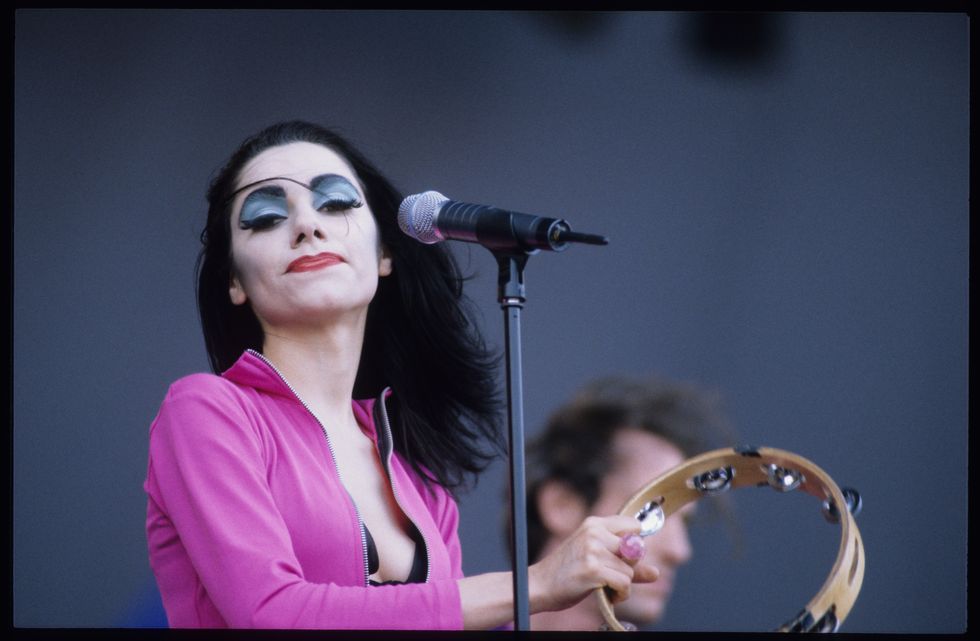
Getty/Gie Knaeps
Being that all I’d wanted to do when I was younger was be in a punk band (and generally had a bit of a penchant for escapist fantasy), it makes sense why I gravitated towards these things. Beauty felt a lot more limiting then. I used to feel inadequate when certain beauty trends didn’t look good on me—pale frosted lips and eyeshadow, pixie cuts, pink lipstick in general. Now, I’m like, “Good! That narrows it down!” Not all beauty looks were made with you in mind; you may not even like or feel aligned with the kinds of looks that allegedly are for you, and that’s all okay. I’m even sus about that whole color analysis trend (I love chartreuse and I will wear it if I please).
Now that I have my own autonomy and finances to look like whatever I want to look like, I’m amused to find that I still gravitate towards the things I loved as a teen: deep red-stained lip colors, smudgy eyeliner that looks like I slept in it and then rubbed it off, and rumpled, Olsen-twin waves. I’ve updated my eyebrows, thankfully, and swapped the fruity body mists of my youth for more resinous, ambery fragrances. But I still feel drawn to a lot of what I originally loved when I was first discovering beauty. Even better, I can embody some of those things now without the insecure doubt of my youth.
Maybe it feels too similar to replicating a popular influencer’s GRWM routine to base your beauty look on a famous musician, model, or movie character. I don’t think we’ll ever fully escape mirroring the people we admire (we’ve been doing it for centuries), and it’s not inherently a bad thing. The difference is it's also a form of connection through practice or visual harmony. I don’t get the same spark of inspiration from a tutorial featuring Huda Beauty’s Sapphire Palette (which, to be fair, I treasure) as I do from PJ Harvey’s iconic blue eyeshadow on stage (I’m not alone in that). Beauty in context informs the feeling. And from everything I’ve read in the news, social media in general doesn’t make us feel so great about ourselves. So maybe it’s time for a pivot to the things that do.
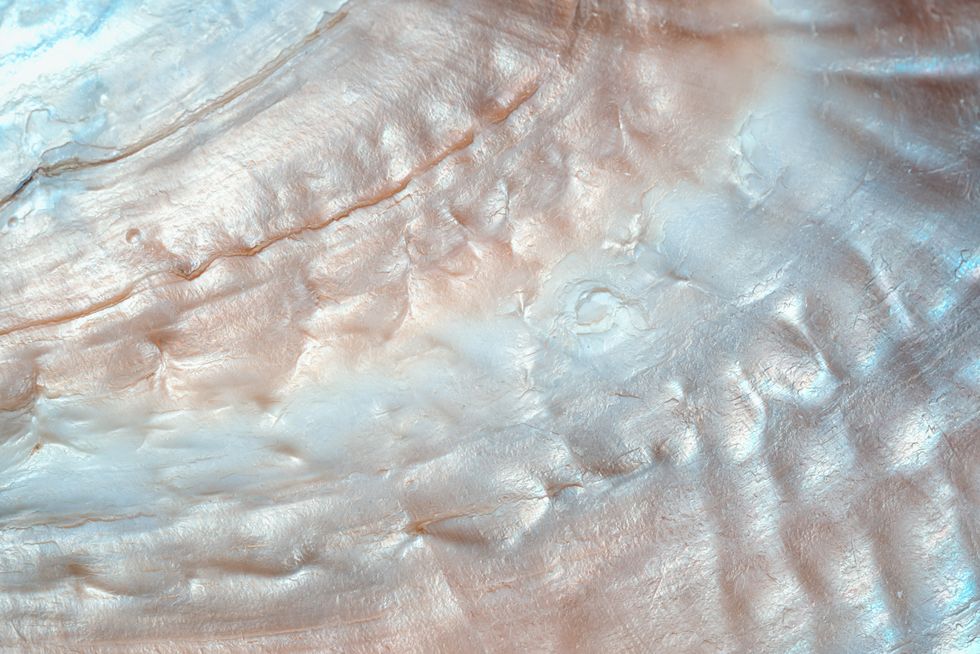
Getty Images
Beauty is multi-sensorial, so acknowledging it exclusively through a visual lens can be limiting. I’ve gotten whatever the visual equivalent of cute-aggression is for certain textures—crushed velvet, baroque pearls, glossy candy apples, the iridescence of fish scales or certain gemstones, neon lights cast on wet pavement in the night, the way the wind moves someone’s hair or the fabric of a dress. Nature is very often a paid actor in beauty’s theater.
I always think the best thing beauty gives us is a sense of possibility for who we can be and a connection to where we came from. We get to choose how we want to express that. If the kind of beauty you encounter doesn’t feel expansive, maybe reconsider what beauty is for. It’s hard to unlearn what you believe is pretty or whether “prettiness” is even what you’re going for. But you know how certain beauty things make you feel. For instance, the power of a good hair day (however that looks for you) is some kind of psychological phenomenon that cannot be bottled. Follow that feeling. And know that personal style is often found in non-conformity. The most uniquely stylish people are rarely following any kind of conventional aesthetic. Honestly, people watching is one of my favorite and free forms of beauty study. Plus, you can do it anywhere there’s people, which is most places.
Beauty inspiration really is everywhere. To begin, you can just look up from your phone.

